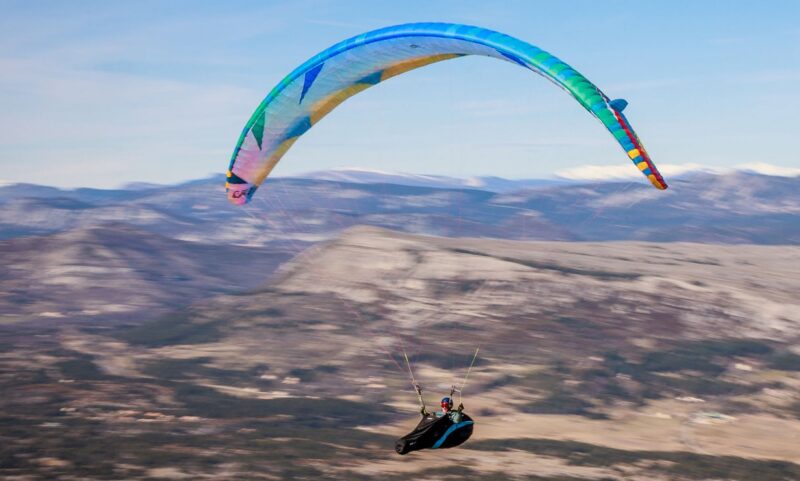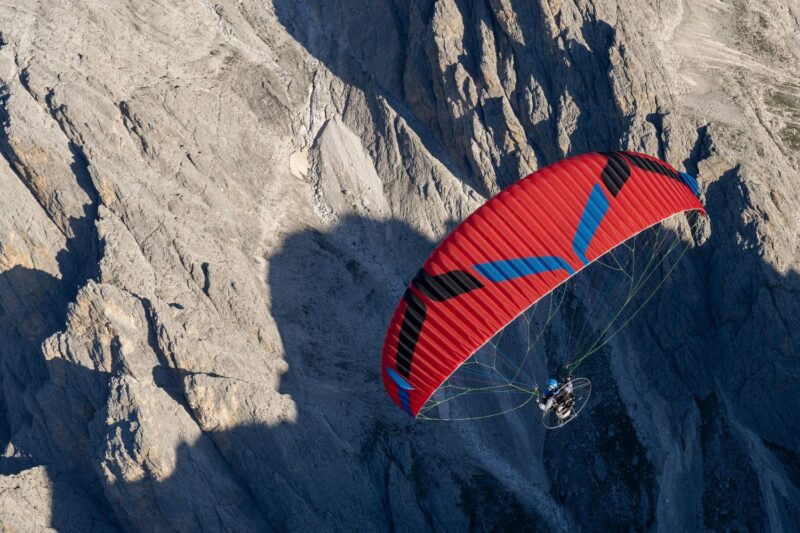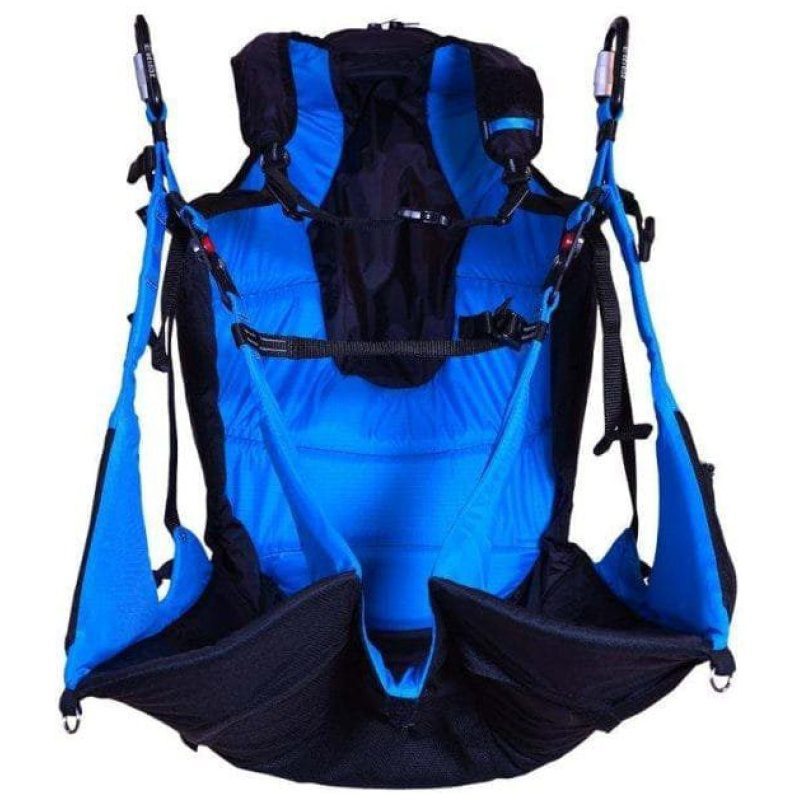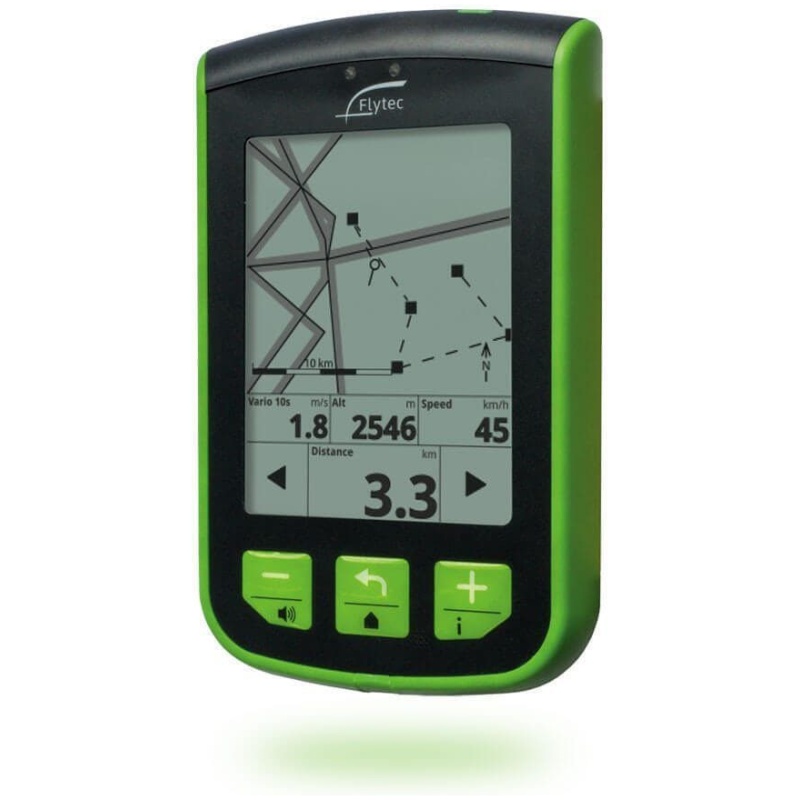Paragliding Blogs
How to Master Thermaling Techniques as a Beginner Pilot
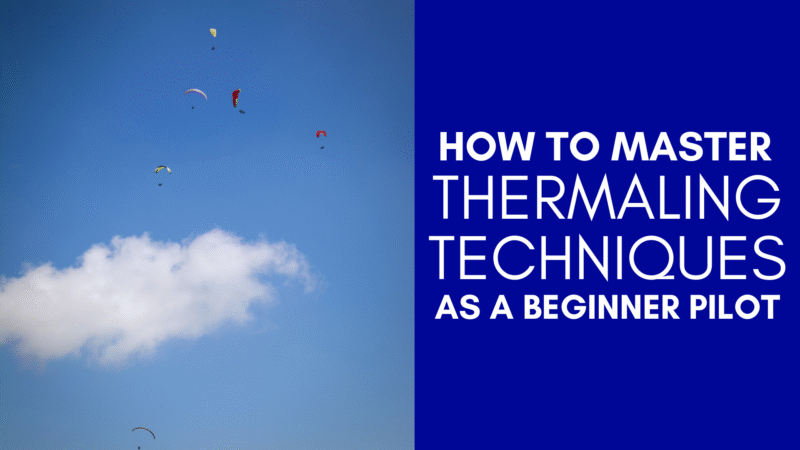
Thermaling is one of the most exciting and essential skills in paragliding. It allows pilots to harness the power of rising air currents, gaining altitude and extending their flights. For beginner pilots, mastering thermaling can be both a thrilling and challenging milestone. Understanding the mechanics of thermals, reading the landscape, and refining your technique are key steps to becoming a confident thermal pilot.
In this guide, we’ll break down the basics of thermaling, provide actionable tips, and share strategies to help beginner pilots develop their skills and enjoy longer, more rewarding flights.
What is Thermaling?
Thermaling is the process of using rising columns of warm air, called thermals, to gain altitude while flying. Thermals form when the sun heats the ground unevenly, causing pockets of warm air to rise. These rising air currents can lift a paraglider thousands of feet into the sky, offering extended flight time and access to cross-country opportunities.
Understanding Thermals
Before you can master thermaling, it’s important to understand how thermals form and behave.
How Thermals Form:
- Sunlight Heats the Ground: Uneven heating creates hot spots, such as plowed fields, rocky areas, or dry grasslands.
- Air Heats and Rises: The air above these hot spots becomes warmer and less dense, causing it to rise.
- Thermal Columns Form: As warm air rises, it creates a column of upward-moving air surrounded by cooler, sinking air.
Identifying Thermal Triggers:
Certain landscape features are more likely to produce thermals. Look for:
- Open Fields: Darker, dry fields heat up faster than green or shaded areas.
- Rocky Terrain: Rocks retain heat and release it to the air above.
- Ridges and Hills: Slopes facing the sun can generate thermals as they warm up.
- Buildings and Pavement: Urban areas can act as thermal triggers due to heat absorption by asphalt and rooftops.
Preparing for Thermaling as a Beginner
- Master the Basics:
– Before focusing on thermaling, ensure you have a solid foundation in:
– Wing control. Do a lot of ground handling. Stay regular in your practice.
– Coordinated turns.
– Reading basic weather patterns. - Understand Local Conditions:
– Study the weather and landscape of your flying site. Ask experienced pilots about common thermal triggers in the area and typical wind patterns. - Use a Variometer:
– A variometer is an essential tool for thermaling. It provides audio feedback on your vertical speed, helping you identify when you’re in rising air.
Also I believe that as a beginer using a vario audio only at first will help you develop better senses and feeling. - Choose the Right Day:
– Start practicing on days with gentle thermals and low wind speeds. Conditions that are too strong or turbulent are overwhelming for beginners.

How to Enter and Center a Thermal
Step 1: Locate a Thermal
– Observe Nature: Birds like hawks and vultures often circle in thermals. Clouds (especially cumulus) can also indicate thermal activity.
– Feel the Air: Changes in wing behavior, such as a slight lift on one side or a sudden surge, can signal entering a thermal.
– Watch for Dust Devils: Dust devils are air movements you want to stay away from.
Step 2: Enter the Thermal
– When you detect a thermal, turn into it smoothly.
– Keep your movements coordinated to avoid losing lift or causing unnecessary drag.
Step 3: Center the Thermal
– Listen to Your Variometer: A steady beep indicates rising air, while silence or descending tones mean you’re leaving the lift.
– Adjust Your Turns: If the lift weakens, adjust your circle to stay within the core of the thermal. Tighten your turn when the lift strengthens and loosen it when it weakens.
– Focus on the Core: The strongest lift is usually in the center of the thermal. Aim to circle within this area.
Step 4: Stay Balanced
– Use weight shifting and gentle brake inputs to maintain a smooth turn.
– Avoid excessive brake pressure, which can stall the wing or cause uneven turning.
Common Challenges and How to Overcome Them
- Losing the Thermal
Solution: Pay close attention to your variometer and the feel of your wing. If the lift weakens, widen your turn slightly to relocate the thermal core.
Practice “mapping” thermals by making small corrections based on the strength of the lift. - Uneven Turning
Solution: Keep your turns coordinated by combining brake input with weight shift. Focus on smooth, consistent movements.
Practice figure-eight patterns at lower altitudes to refine your turning technique. - Feeling Overwhelmed
Solution: Start with small thermals in calm conditions.
Take breaks between flights to reflect on your progress and regain confidence.
Tips for Mastering Thermaling
- Practice Patience
– Thermaling requires practice and persistence. It’s normal to feel frustrated at first, but consistent effort will yield improvement over time. - Learn from Others
– Fly with experienced pilots and observe their techniques. Don’t hesitate to ask for advice or feedback. Or even help on radio. - Visualize Your Progress
– Before each flight, mentally rehearse finding and centering a thermal. Visualization can help build confidence and focus. - Stay Safe
– Always monitor your altitude and avoid flying too close to the ground or obstacles.
Be mindful of other pilots in the air and maintain proper spacing in busy thermals. - Record and Review
– Use an action camera or GPS tracker to record your flights. Reviewing your flights can help you identify areas for improvement and track your progress. - Sign up for cross country clinics. Nothing is better than a good instructor helping you mastering the techniques on the spot
Advanced Thermaling Techniques
Once you’re comfortable with the basics, you can refine your skills further:
– Dynamic Turns: Use tighter or wider turns depending on the thermal’s strength and diameter.
– Reading Clouds: Learn to interpret cumulus clouds to predict where thermals will form and how they’ll evolve.
– Crosswind Thermaling: Practice thermaling in crosswind conditions, which requires careful adjustments to stay within the lift.
Thermal Flying Etiquette:
When sharing thermals with other pilots, maintaining safe separation and following established right-of-way rules is essential.
The first pilot to enter a thermal establishes the direction of turn, and all subsequent pilots must circle in the same direction to avoid mid-air collisions.
Pilots should maintain adequate spacing – typically staying at least one wingspan away from others – and avoid flying directly above another pilot in case of sudden altitude loss.
Mastering thermaling is a transformative skill for any paraglider. It allows you to harness the power of nature to soar higher and fly longer, opening up a world of possibilities for cross-country adventures and extended flights. As a beginner, focus on building a strong foundation, practicing consistently, and learning from your experiences.
With patience, persistence, and the tips in this guide, you’ll soon find yourself effortlessly climbing thermals and enjoying the incredible freedom of the skies. Fly safe, stay curious, and embrace the journey of becoming a skilled thermal pilot!
FAQ
What early signs help me spot a thermal before I start circling?
Look for visual cues such as cumulus clouds, circling birds, other pilots locking their vario into lift, or ground features like sun-warmed ridges or dark terrain. These indicators often mark the thermal’s source.
How do I enter and stay in a thermal as a beginner?
When you detect lift—via a surge in vario or glider pitch—smoothly lean into a coordinated turn, applying inside brake gently rather than abrupt control. Aim for a bank angle around 30–45°, and always match the circling direction of others if joining a thermal group.
How can I centre a thermal and improve climb efficiency?
Feel the pressure: if one side of your circle climbs better, shift your turning center gradually toward that strong side. Use a stable circle, constant subtle weighting or brake adjustment, and rely on both your vario and body/wing cues. This helps you home in on the thermal core and maintain consistent lift.
Check out our latest Deals!
Ozone SWITCH Harness
Flytec Connect 1 Variometer
Related Posts

The Ultimate Checklist Before Visiting A New Site
The Ultimate Checklist Before Visiting A New Site New Terrain Can Be So Exciting! There’s nothing quite like the feeling

Hiking Tips for Cross-Country Paragliding
Hiking Tips for Cross-Country Paragliding Cross-country paragliding is a thrilling experience that can take you to new heights, both literally
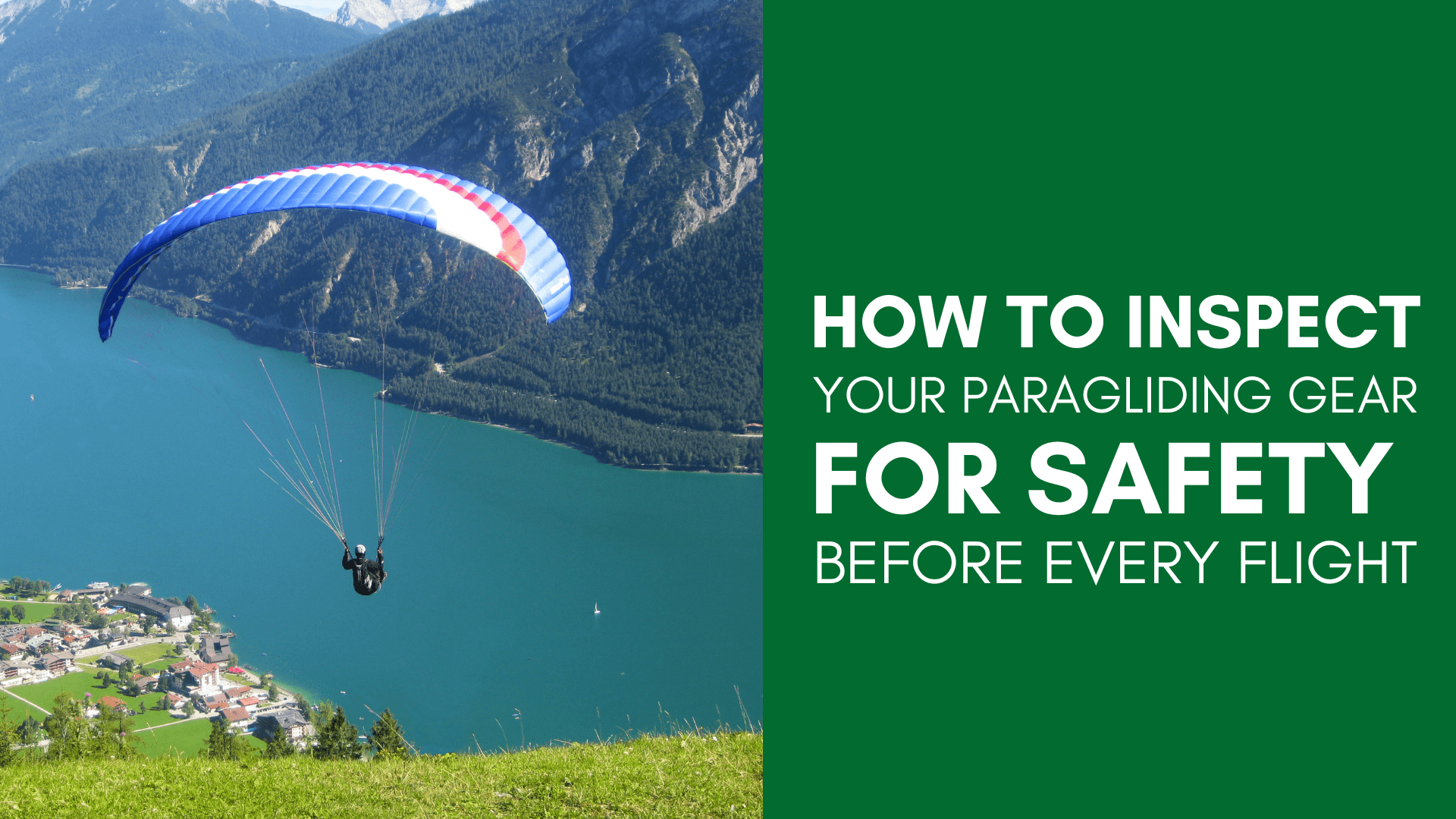
How to Inspect Your Paragliding Gear for Safety Before Every Flight
As a paraglider, your gear is your lifeline in the air. Making sure your equipment is in top-notch condition before

